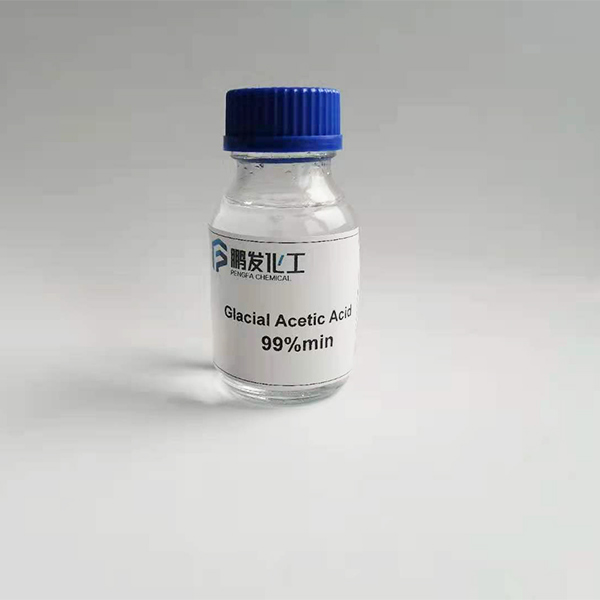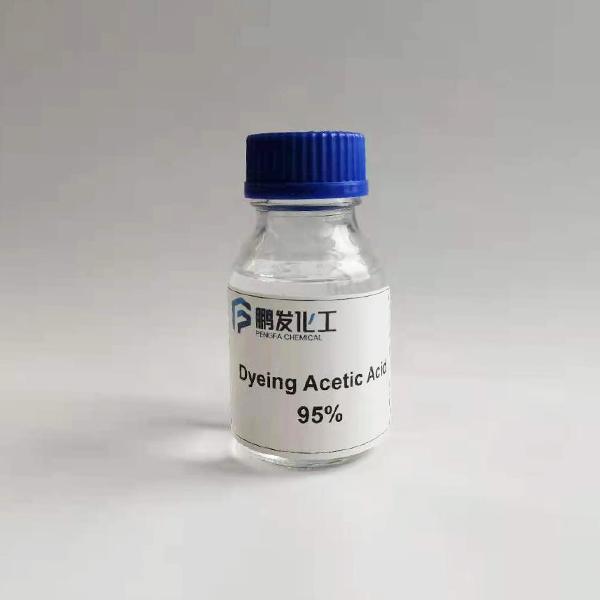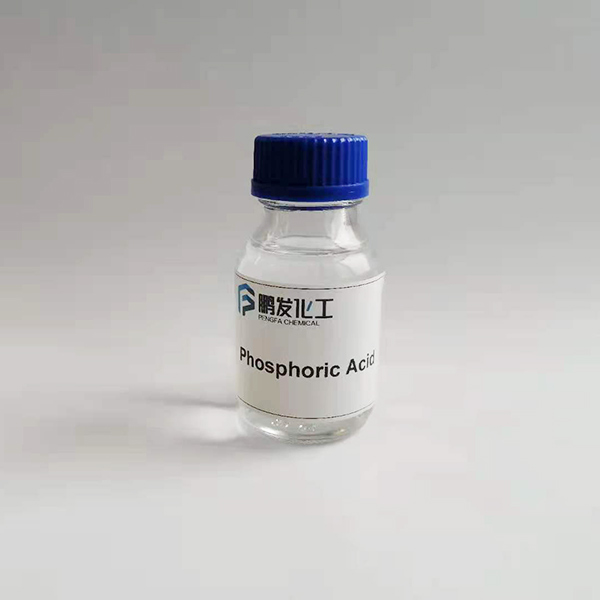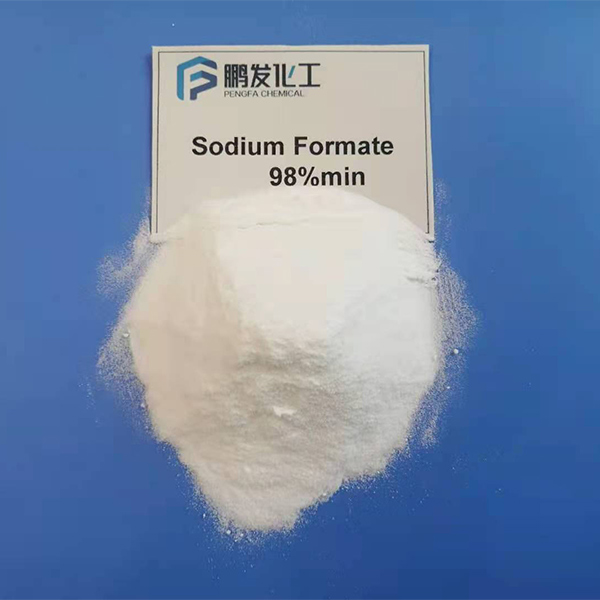Acetic acid is used in textile printing and dyeing, rubber, construction, medicine, pesticides, water treatment, acetic acid derivatives
Acetic acid is used in textile printing and dyeing, rubber, construction, medicine, pesticides, water treatment, acetic acid derivatives,
Glacial Acetic acid 99.5% 99.8% of price, Glacial acetic acid dealer, Glacial Acetic Acid Manufacturer,
Quality specification(GB/T 1628-2008)
|
Analysis items |
Specification |
||
|
Super Grade |
First Grade |
Normal Grade |
|
| Appearance |
Clear and free of suspended matter |
||
| Colour(Pt-Co) |
≤10 |
≤20 |
≤30 |
| Assay % |
≥99.8 |
≥99.5 |
≥98.5 |
| Moisture % |
≤0.15 |
≤0.20 |
—- |
| Formic Acid % |
≤0.05 |
≤0.10 |
≤0.30 |
| acetaldehyde % |
≤0.03 |
≤0.05 |
≤0.10 |
| Evaporation Residue % |
≤0.01 |
≤0.02 |
≤0.03 |
| Iron(Fe) % |
≤0.00004 |
≤0.0002 |
≤0.0004 |
| Permanganate Time min |
≥30 |
≥5 |
—- |
Physicochemical properties:
1. Colorless liquid and irritating dour.
2. Melting point 16.6 ℃; boiling point 117.9℃; Flash point : 39 ℃.
3. Solubility water, ethanol, benzene and ethyl ether immiscible, insoluble in carbon disulphide.
Storage:
1. Stored in a cool, ventilated warehouse.
2. Keep away from the fire, heat. The cold season should maintain a temperature higher than 16 DEG C, to prevent solidification. During cold season, temperature should be maintained above 16 DEG C to prevent/avoid solidification.
3. Keep the container sealed. Should be separated from the oxidant and alkali. Mixing should be avoided by all means.
4. Use explosion-proof lighting, ventilation facilities.
5. Mechanical equipment and tools that prohibit the use of easy to produce sparks.
6. Storage areas should be equipped with emergency treatment equipment and suitable housing materials.
Use:
1.Derivative:Mainly used in synthetising acetic anhydride,acetic ether,PTA, VAC/PVA,CA,ethenone,chloroacetic acid,etc
2.Pharmaceutical:Acetic acid as solvent and pharmaceuticalraw materials, mainly used for production of penicilin G potas-sium, penicilin G sodium, penicillin procaine, acetanilide,sulfadiazine, and sulfamethoxazole isoxazole, norfloxacin,ciprofloxacin, acetyl salicylic acid, non phenacetin, prednisone,caffeine, etc.
3.Intermediate:acetate ,sodium hydrogen di,peracetic acid,etc
4.Dyestuff and textile printing and dyeing:Mainly used inproducing disperse dyes and vat dyes,and textile printing anddyeing processing
5. Synthesis ammonia: In the form of cuprammonia acetate,used in refining syngas to remove a litl CO and CO2
6. Photograph: Developer
7. Natural rubber: Coagulant
8. Construction industry: Preventing concrete from frezing9. In addtin also widely used in the water treatment, syntheticfiber, pesticides, plastics, leather, paint, metal processing andrubber industry
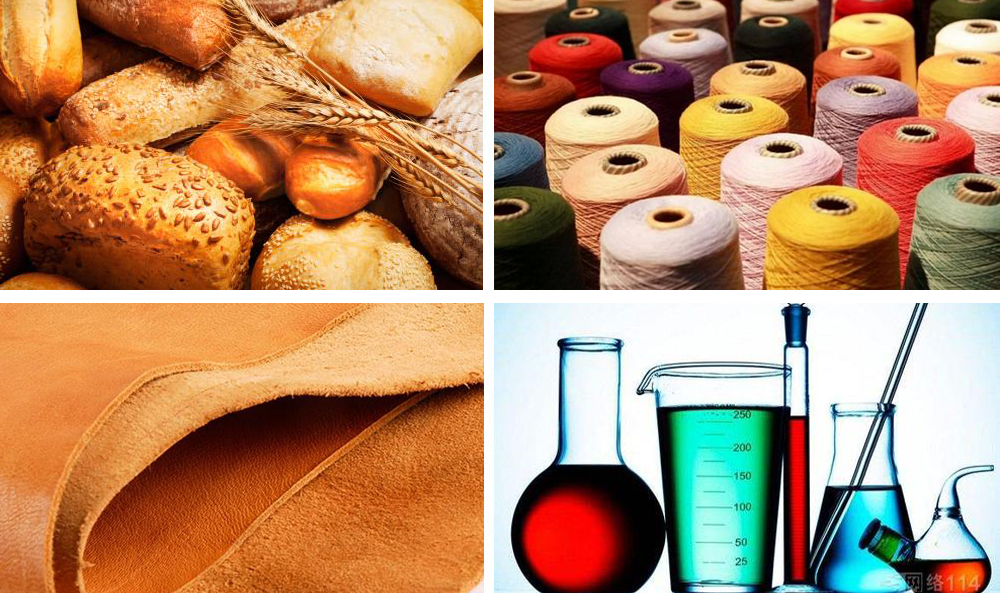

 Glacial acetic acid, also called glacial acetic acid, acetic acid or acetic acid, is an organic compound, chemical formula CH3COOH, is an organic monic acid, the main component of vinegar. Pure anhydrous acetic acid (glacial acetic acid) is a colorless hygroscopic liquid with a freezing point of 16.6 ° C (62 ° F). After solidification, it becomes a colorless crystal, which is weakly acidic and corrosive in its aqueous solution. It is strongly corrosive to metals, and the steam is irritating to the eyes and nose. Acetic acid is widely distributed in nature, such as in fruits or vegetable oils, mainly in the form of esters. Acetic acid is present as free acid in animal tissues, excreta and blood. Many microorganisms can convert different organic matter into acetic acid by fermentation.
Glacial acetic acid, also called glacial acetic acid, acetic acid or acetic acid, is an organic compound, chemical formula CH3COOH, is an organic monic acid, the main component of vinegar. Pure anhydrous acetic acid (glacial acetic acid) is a colorless hygroscopic liquid with a freezing point of 16.6 ° C (62 ° F). After solidification, it becomes a colorless crystal, which is weakly acidic and corrosive in its aqueous solution. It is strongly corrosive to metals, and the steam is irritating to the eyes and nose. Acetic acid is widely distributed in nature, such as in fruits or vegetable oils, mainly in the form of esters. Acetic acid is present as free acid in animal tissues, excreta and blood. Many microorganisms can convert different organic matter into acetic acid by fermentation.
If needed , please contact : TEL :+86 317 5811698

